Citizen Scientists Enhance New Europa Images From NASA’s Juno
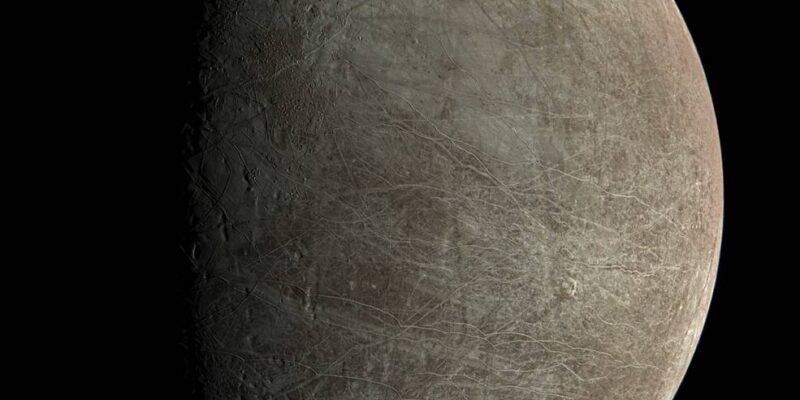
Citizen scientists have provided unique perspectives of the recent close flyby of Jupiter’s icy moon Europa by NASA’s Juno spacecraft. By processing raw images from JunoCam, the spacecraft’s public-engagement camera, members of the general public have created deep-space portraits of the Jovian moon that are not only awe-inspiring, but also worthy of further scientific scrutiny.
JunoCam snapped four photos during its Sept. 29 flyby of Europa. Here’s a detailed look :
Europa Up Close
JunoCam took its closest image ( above ) at an altitude of 945 miles ( 1,521 kilometers ) over a region of the moon called Annwn Regio. In the image, terrain beside the day-night boundary is revealed to be rugged, with pits and troughs. Numerous bright and dark ridges and bands stretch across a fractured surface, revealing the tectonic stresses that the moon has endured over millennia. The circular dark feature in the lower right is Callanish Crater.
Such JunoCam images help fill in gaps in the maps from images obtained by NASA’s Voyager and Galileo missions. Citizen scientist Björn Jónsson processed the image to enhance the color and contrast. The resolution is about 0.6 miles ( 1 kilometer ) per pixel.
Science Meets Art
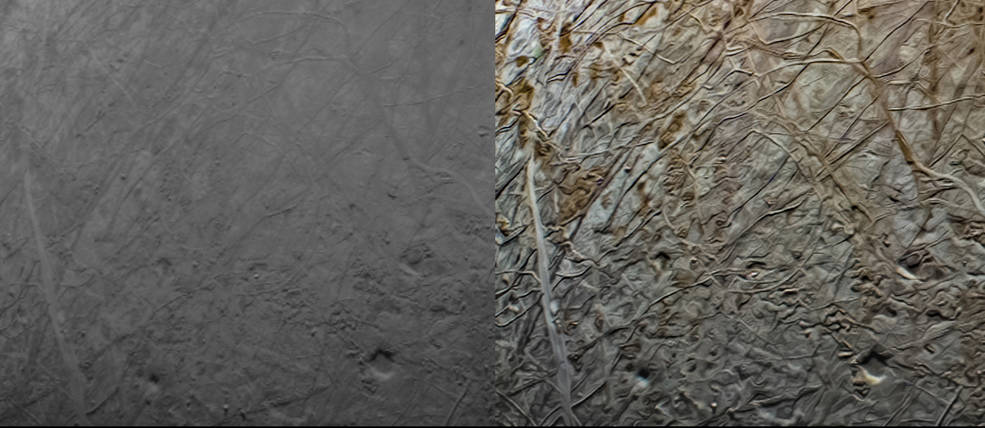
This pair of images shows the same portion of Europa as captured by the Juno spacecraft’s JunoCam during the mission’s Sept. 29 close flyby. The image at left was minimally processed. A citizen scientist processed the image at right, and enhanced color contrast causes larger surface features to stand out.
JunoCam images processed by citizen scientists often straddle the worlds of science and art. In the image at right, processed by Navaneeth Krishnan, the enhanced color contrast causes larger surface features to stand out more than in the lightly processed version of the image ( left ). An example of the results can be seen in the lower right of the enhanced image, where the pits and a small block cast notable shadows. Small-scale texturing of the surface in the image needs to be carefully studied to distinguish between features and artifacts from processing, but the image draws us deeper into Europa’s alien landscape.
“Juno’s citizen scientists are part of a global united effort, which leads to both fresh perspectives and new insights,” said Candy Hansen, lead co-investigator for the JunoCam camera at the Planetary Science Institute in Tucson, Arizona. “Many times, citizen scientists will skip over the potential scientific applications of an image entirely, and focus on how Juno inspires their imagination or artistic sense, and we welcome their creativity.”
Fall Colors
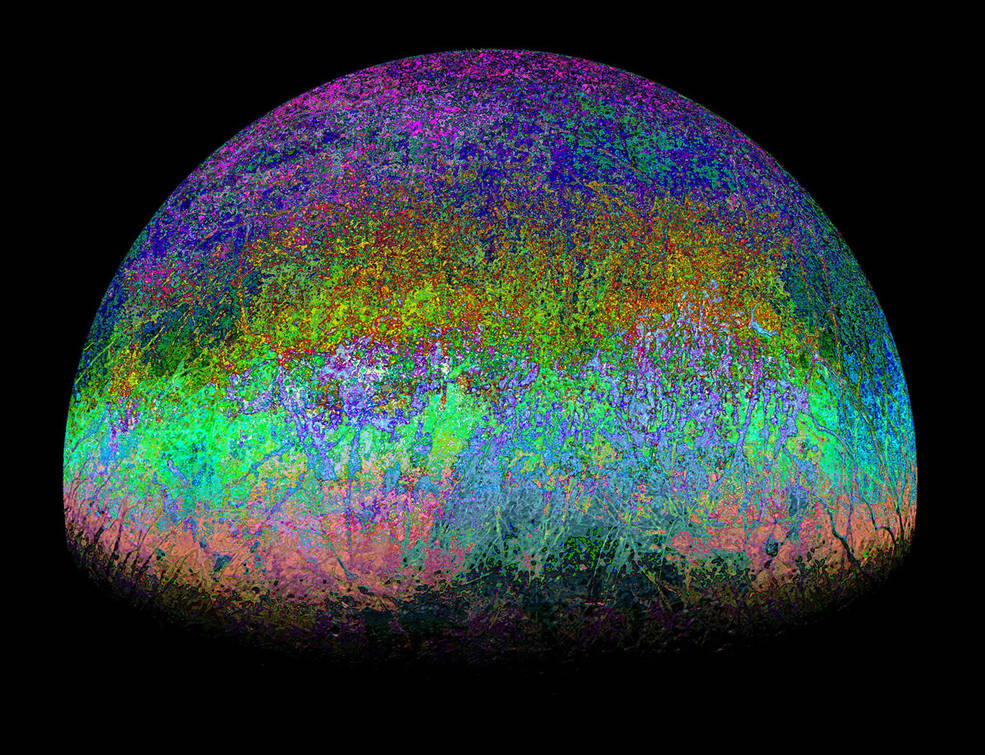
This highly stylized view of Jupiter’s icy moon Europa was created by reprocessing an image captured by JunoCam during the mission’s close flyby on Sept. 29.
Citizen scientist Fernando Garcia Navarro applied his artistic talents to create this image. He downloaded and processed an image that fellow citizen scientist Kevin M. Gill had previously worked on, producing a psychedelic rendering he has titled “Fall Colors of Europa.”
The processed image calls to mind NASA’s poster celebrating Juno’s 2021 five-year anniversary of its orbital insertion at Jupiter.
Citizen scientist Fernando Garcia Navarro applied his artistic talents to create this image. He downloaded and processed an image that fellow citizen scientist Kevin M. Gill had previously worked on, producing a psychedelic rendering he has titled “Fall Colors of Europa.”
The processed image calls to mind NASA’s poster celebrating Juno’s 2021 five-year anniversary of its orbital insertion at Jupiter.
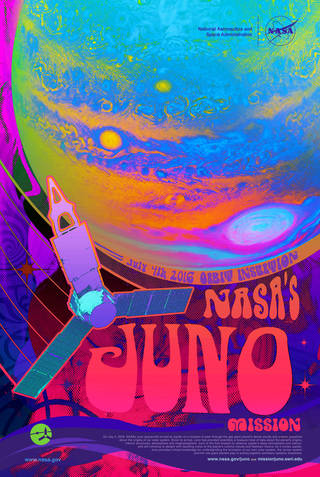
NASA’s groovy celebration of Juno’s five-year anniversary of its orbital insertion at Jupiter.
A romantic story about Juno

Jupiter and Juno
There’s a romantic myth about the name of Juno. Jupiter was named after Zeus, the Greek king of the gods who was known for hiding himself in clouds to hide his face from others. But his wife, the goddess Juno ( also known as the goddess Hera ), had the magical power to see through the clouds that obscured Jupiter and see his true face. It is worth mentioning that the protagonist of this article, Europa, was a Phoenician princess in Greek mythology and, like the names of Jupiter’s other moons, was also one of Zeus’s many lovers. While Juno is exploring her lover, she also studies his lover, and the romantic myth seems to be going in strange directions.
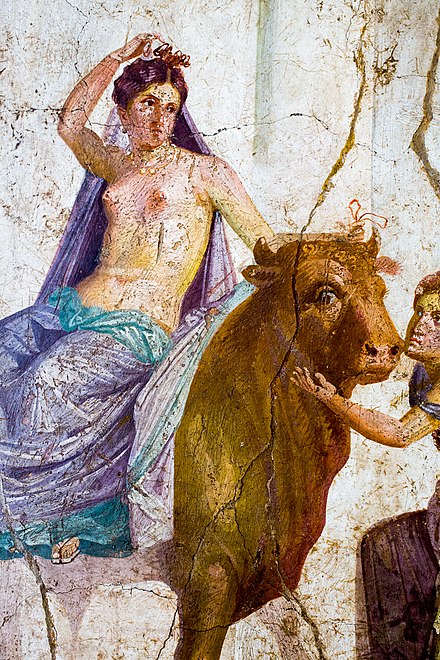
Europa sat on the back of Zeus, who had turned into a bull
References:
[1]Citizen Scientists Enhance New Europa Images From NASA’s Juno

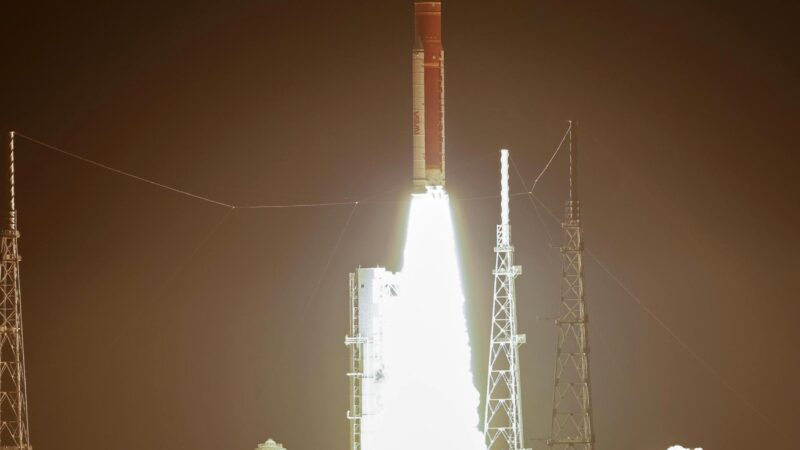

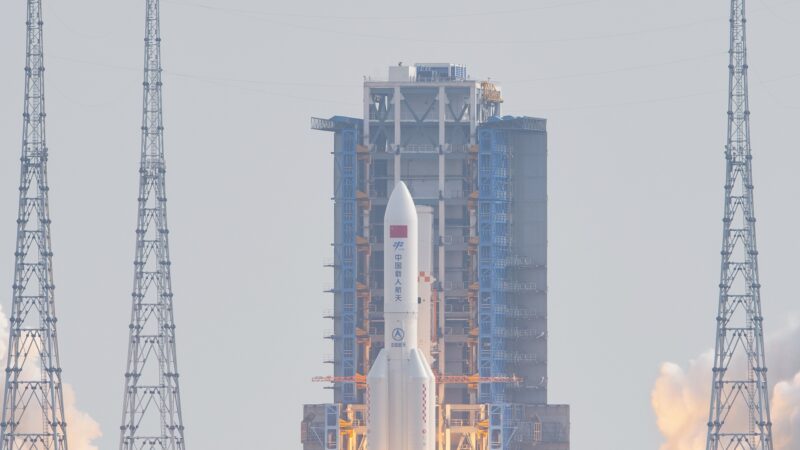
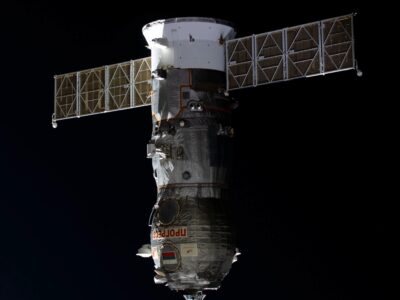
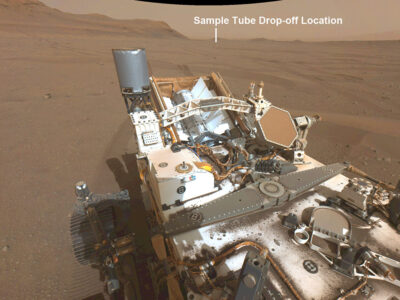

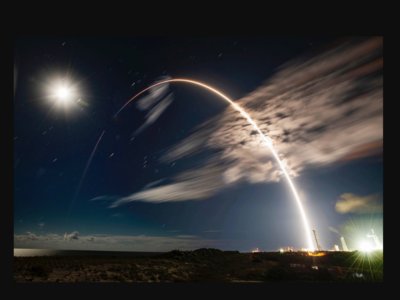



So romantic story!